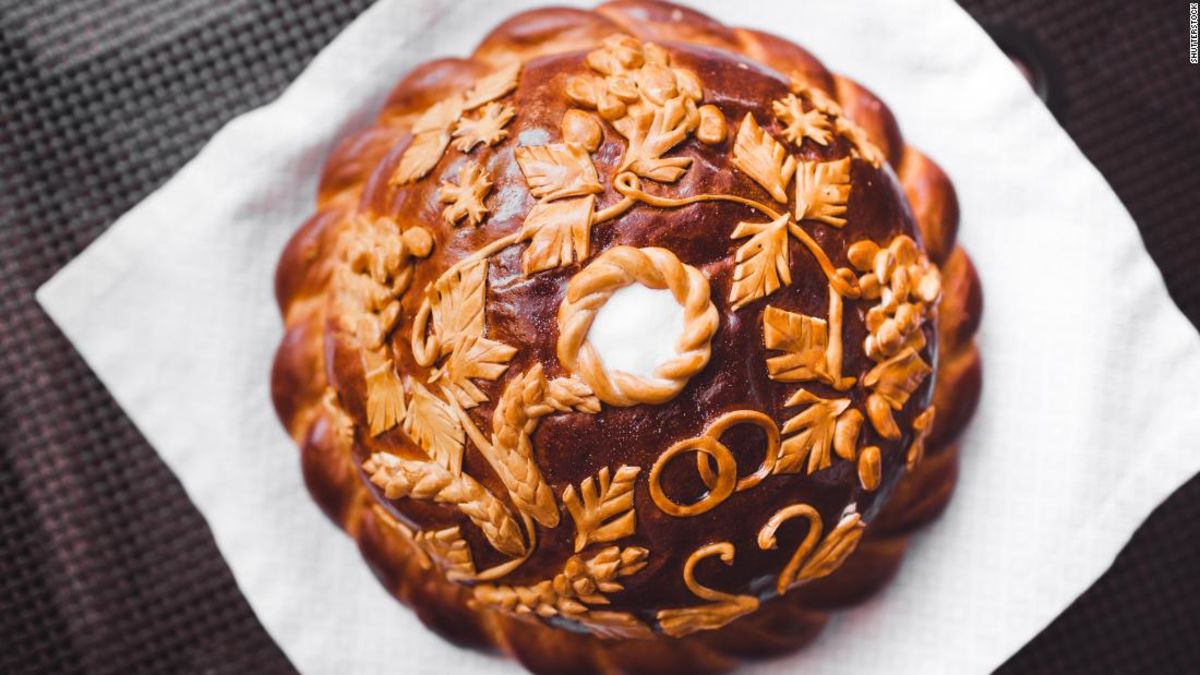
(CNN) — What is bread? You likely don’t have to think for long, and whether you’re hungry for a slice of sourdough or craving some tortillas, what you imagine says a lot about where you’re from. But if bread is easy to picture, it’s hard to define. Bread historian William Rubel argues that creating a strict definition of bread is unnecessary, even counterproductive. “Bread is basically what your culture says it is,” says Rubel, the author of “Bread: A Global History.” “It doesn’t need to be made with any particular kind of flour.” Instead, he likes to focus on what bread does: It turns staple grains such as wheat, rye or corn into durable foods that can be carried into the fields, used to feed an army or stored for winter. Even before the first agricultural societies formed around 10,000 B.C., hunter-gatherers in Jordan’s Black Desert made bread with tubers and domesticated grain. Today, the descendants of those early breads showcase the remarkable breadth of our world’s food traditions. In the rugged mountains of Germany’s Westphalia region, bakers steam loaves of dense rye for up to 24 hours, while a round of Armenian lavash made from wheat turns blistered and…